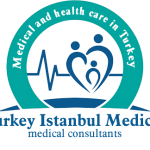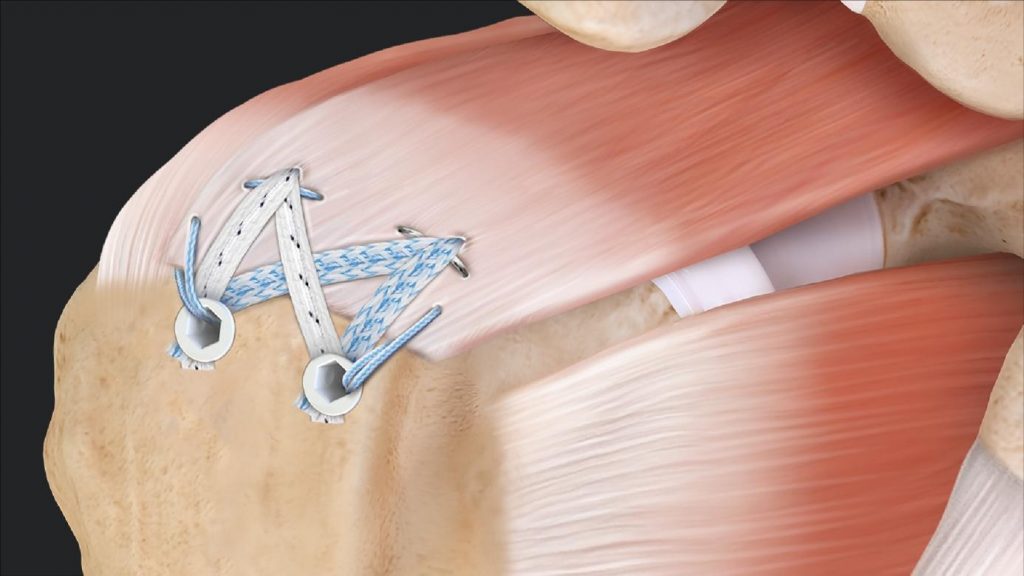What is a Shoulder Tear?
It is a condition in which one or more of the tendons in the shoulder joint region is partially or completely torn. The shoulder joint is a joint formed between the upper arm bone (humerus) and the shoulder blade (scapula) and clavicle (collarbone). This joint allows for a great range o
What are The Causes?
f motion, but is also complex for stability.
A shoulder tear is usually the result of damage to the tendons due to excessive force or repetitive stress. Injury may occur due to sports activities, falling, lifting, or overuse.
A shoulder tear can affect the tendons in the shoulder, most commonly the rotator cuff tendons. The rotator cuff consists of the tendons of the four small tendons of the shoulder, the supraspinatus, infraspinatus, teres minor, and subscapularis muscles.
What are The Symptoms of Shoulder Tear?
It can vary depending on the size and severity of the tear and which tendon is affected. Here are some common signs of a shoulder tear:
-
Shoulder Pain:
It is a pain that is usually felt in the outer or upper part of the shoulder and can spread to the arm. The pain can often worsen and increase when using the shoulder.
-
Loss of Strength:
Shoulder tear can affect the muscles that move the shoulder in various directions, which can lead to loss of strength. For example, they may have difficulties raising the arm or turning it out forcefully.
-
Difficulty with Shoulder Movements:
A shoulder tear can limit the movements of the shoulder or cause pain. Difficulty may be felt, especially in movements such as raising the arm or turning it out.
-
Night Pain:
A shoulder tear can cause pain, especially at night when you sleep or lie on the shoulder.
-
Swelling and Tenderness in The Shoulder:
Depending on the severity of the tear, swelling, redness or tenderness may be observed in the shoulder.
-
Knock Sound:
A shoulder tear may make a strange noise towards the arm or shoulder when the shoulder is moved.
What are the Diagnoses of Shoulder Tear?
- Physical Examination,
- Imaging tests (eg, MRI)
- and, if necessary, with other examinations.
Treatment Methods
It may vary depending on the type of tear, its size, and the patient’s condition. Conservative treatment options include rest, ice application, physiotherapy, and anti-inflammatory medications. However, patients with large tears or prominent symptoms may require surgical intervention.

